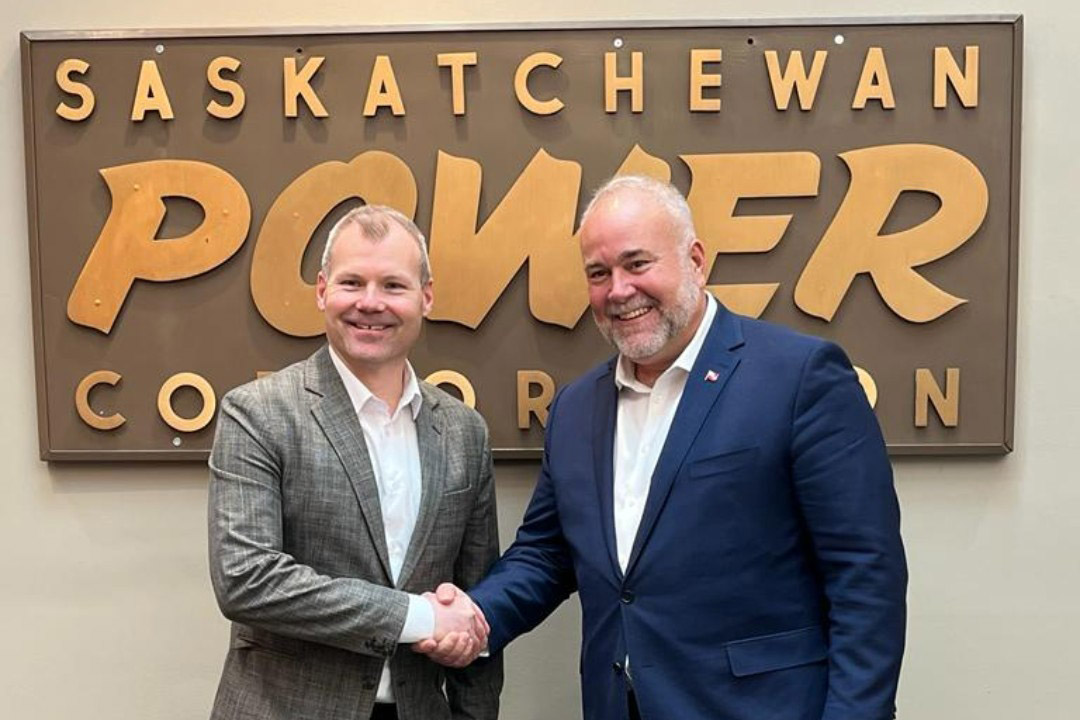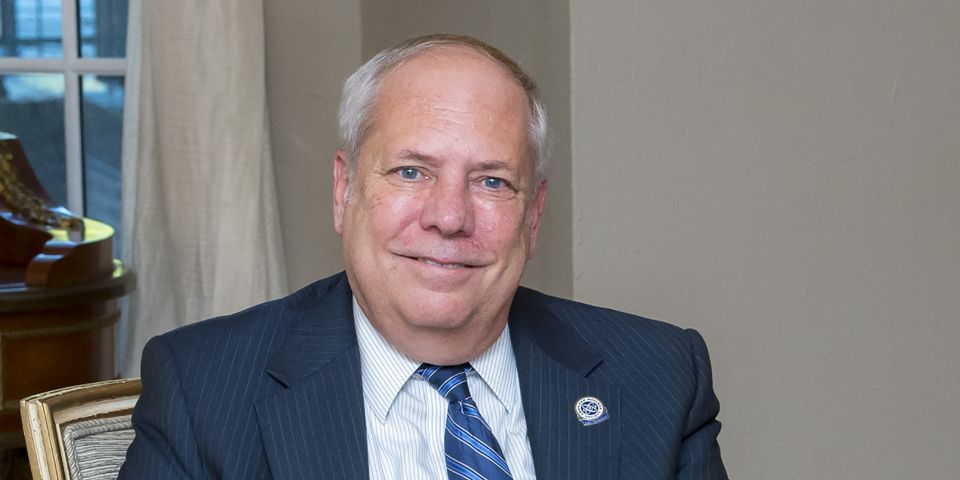Canadian provinces to share expertise on SMR development

Dustin Duncan, Saskatchewan’s minister responsible for SaskPower (from left), and Todd Smith, Ontario’s minister of energy, at the master services agreement announcement in Regina, Saskatchewan. (Photo: OPG)
Ontario Power Generation and its Laurentis Energy Partners (LEP) subsidiary have announced details of a master services agreement with SaskPower to further Saskatchewan’s plans for small modular reactor deployment.
The agreement, announced on November 20, runs for up to five years and serves as a foundation for a long-term strategic partnership to streamline SMR development in the province. LEP is tasked in the agreement with program management, licensing, and operational readiness activities.





